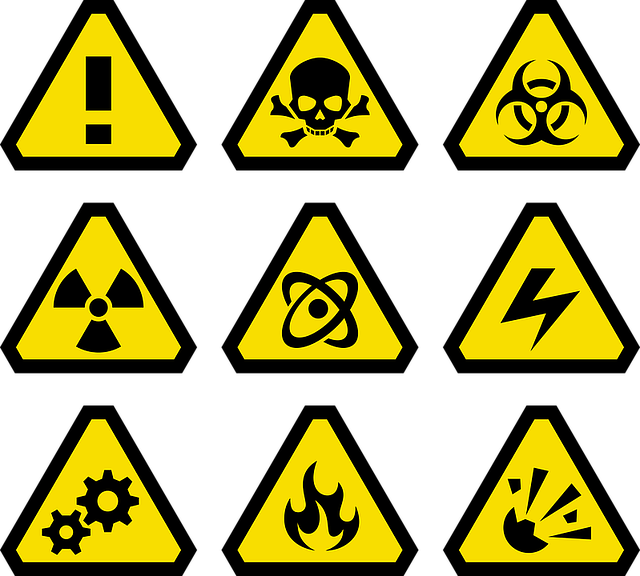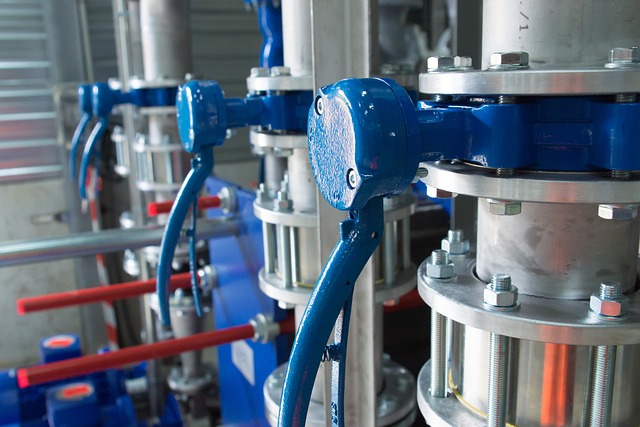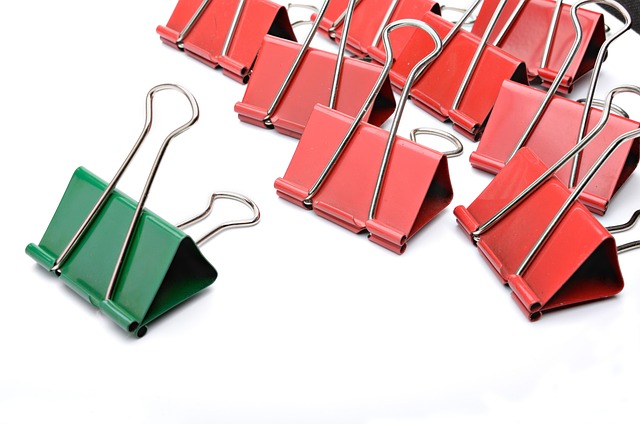The MC306 Dome Hazmat Simulator with its innovative emergency valve dome prop is a leading solution for hazardous material management training. This advanced system simulates diverse scenarios like chemical spills and gas leaks, enhancing skills in decontamination, evacuation, and crisis management under pressure. The sealed lid ensures safety while the dome prop replicates real-world emergencies, improving decision-making abilities. By offering controlled environments and customizable scenarios, it prepares first responders for effective incident handling with confidence and precision.
“Unveiling the MC306 Hazmat Simulator: Revolutionizing Safety Protocols
In hazardous material (Hazmat) management, preparation is key. Enter the MC306 Dome and Lid, a cutting-edge Hazmat simulator designed to enhance emergency response training. This comprehensive guide explores its features, from the advanced MC306 Dome’s real-time simulations to the critical role of its emergency valve dome prop.
Dive into the world of Hazmat simulation, discover setup instructions, and understand how these tools prepare responders for high-stakes scenarios, ensuring a swift and effective response.”
- Understanding Hazmat Simulator: A Comprehensive Overview
- The MC306 Dome and Lid: Features and Benefits
- Emergency Valve Dome Prop: Its Role in Safety Protocols
- Setting Up the Simulation Environment: Step-by-Step Guide
- Testing Scenarios and Real-Time Response
- Advanced Functions and Customization Options
Understanding Hazmat Simulator: A Comprehensive Overview
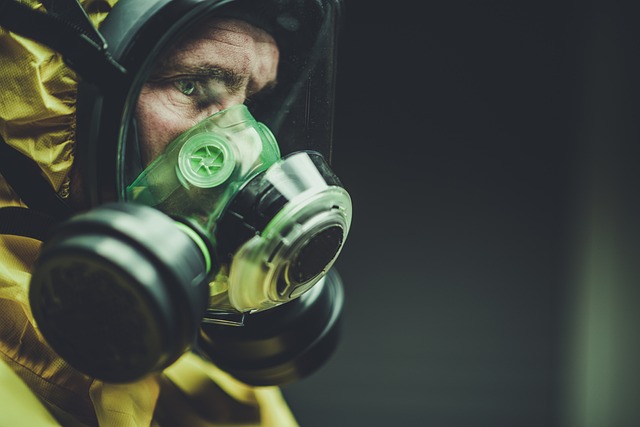
A Hazmat Simulator, equipped with an MC306 Dome and a tightly sealed lid, serves as a powerful tool for training and emergency preparedness in hazardous material management. This advanced system replicates real-world scenarios, allowing professionals to practice responding to various chemical, biological, or radiological incidents safely and effectively. By simulating different conditions, from leaking containers to full-scale disasters, the simulator provides an immersive experience that sharpens skills and enhances decision-making under pressure.
The MC306 Dome, with its innovative design, includes emergency valve domes propped open to mimic a breach or release of hazardous substances. This feature enables trainees to learn proper decontamination techniques, evacuation protocols, and crisis management strategies. The sealed lid ensures that any simulated hazardous materials remain contained within the simulator, providing a controlled environment for training without posing risks to personnel or the surrounding area.
The MC306 Dome and Lid: Features and Benefits

The MC306 Dome and Lid system is a cutting-edge innovation in hazardous material (hazmat) simulation training, offering a comprehensive solution for emergency preparedness. This advanced equipment features a robust dome structure designed to replicate various environmental conditions, from toxic gas leaks to chemical spills. The key advantage lies in its ability to create an immersive training environment, allowing first responders to practice critical skills in a safe and controlled setting.
The dome’s unique design includes an emergency valve system that mimics real-world scenarios. This valve prop enables trainees to experience the urgency of containing hazardous substances, enhancing their decision-making abilities during high-pressure situations. The MC306’s lid provides additional functionality, allowing for precise control of the training environment. It can seal off the dome, simulating enclosed spaces, or be adjusted for different levels of ventilation, ensuring a versatile and realistic training experience.
Emergency Valve Dome Prop: Its Role in Safety Protocols
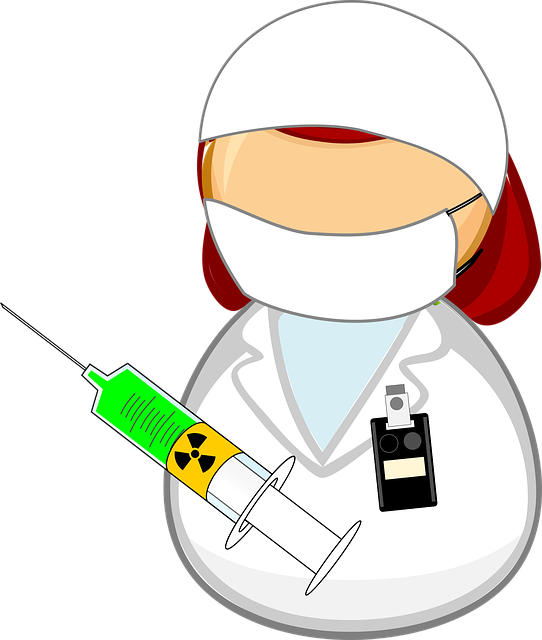
In the realm of hazardous materials (hazmat) management, the Emergency Valve Dome Prop plays a pivotal role in safety protocols. This component, integrated into systems like the MC306 dome, serves as a crucial backup mechanism for quick and effective response to potential leaks or failures within confined spaces. By tightly sealing the dome’s lid, it prevents the dispersion of hazardous substances, giving emergency responders valuable time to assess the situation and implement controlled release procedures.
The Emergency Valve Dome Prop enhances the overall functionality of hazmat simulators, replicating real-world scenarios that demand rapid containment. This feature is particularly essential in training exercises where operators must familiarize themselves with critical response strategies. In today’s digital era, such simulations are not just tools for preparation; they’re game changers, enabling folks to navigate labyrinthine emergency protocols with confidence and precision, ensuring indelible improvements in safety standards.
Setting Up the Simulation Environment: Step-by-Step Guide

To set up a realistic and safe hazmat simulation using the MC306 Dome and Lid, follow this step-by-step guide:
1. Prepare the MC306 Dome: Start by ensuring the dome is clean and free from any debris. Install the emergency valve dome prop to mimic potential leak scenarios. This crucial component allows for controlled release of simulated hazardous materials during the exercise.
2. Create the Scenario: Decide on the type of hazard you wish to simulate, whether it’s a chemical spill, gas leak, or radiation exposure. Set up the corresponding materials within the dome, considering factors like viscosity, odor, and potential health risks. Ensure proper labeling and safety protocols are in place for all hazardous substances used.
3. Configure the Lid: The lid plays a vital role in containing and controlling the simulation environment. Adjust it to create different pressure levels or seal it tightly to simulate an enclosed space. This step is essential for managing the spread of the simulated hazard.
4. Safety Check: Before initiating the simulation, double-check all safety measures. Verify that personal protective equipment (PPE) is readily available and accessible. Ensure proper ventilation in the area surrounding the dome to prevent any real-world exposure during the exercise.
Testing Scenarios and Real-Time Response
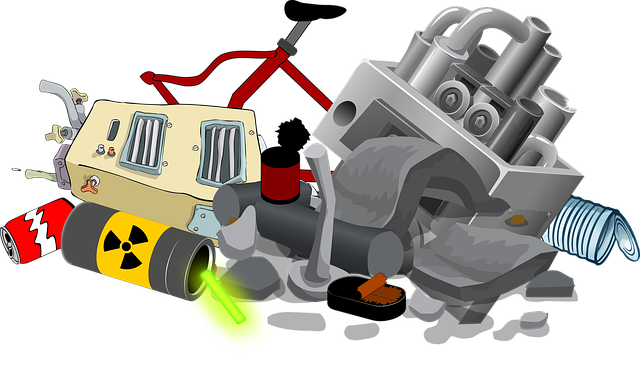
Testing scenarios in a Hazmat simulator with an MC306 Dome and sealed lid provides a unique opportunity to assess real-time response capabilities. By simulating various hazardous materials and situations, users can practice opening emergency valves, managing leaks, and implementing decontamination protocols under pressure. The dome’s tight seal replicates controlled conditions, allowing for precise evaluation of team coordination and individual actions.
This rigorous testing environment enables first responders to gain valuable experience in handling critical incidents. They learn to quickly identify potential risks, activate appropriate safety measures, and make informed decisions within a dynamic, realistic setting. The MC306 Dome’s versatility ensures that diverse emergency valve dome prop scenarios can be recreated, fostering preparedness for a wide range of hazardous material incidents.
Advanced Functions and Customization Options

The MC306 dome, equipped with a tight-fitting lid, takes hazmat simulation to the next level with its advanced functions and customization options. One standout feature is the emergency valve dome prop, designed to mimic real-world scenarios where quick, controlled releases of pressure or hazardous materials are crucial for safety. Users can simulate various emergencies, testing their response protocols effectively.
Furthermore, this simulator offers tailored scenarios, allowing professionals to customize their training based on specific risks and challenges. From toxic gas leaks to chemical spills, the MC306 dome provides a versatile platform for specialized training. Its adaptability ensures that emergency responders are well-prepared for a wide range of hazardous situations, enhancing their readiness and confidence in real-life critical incidents.

